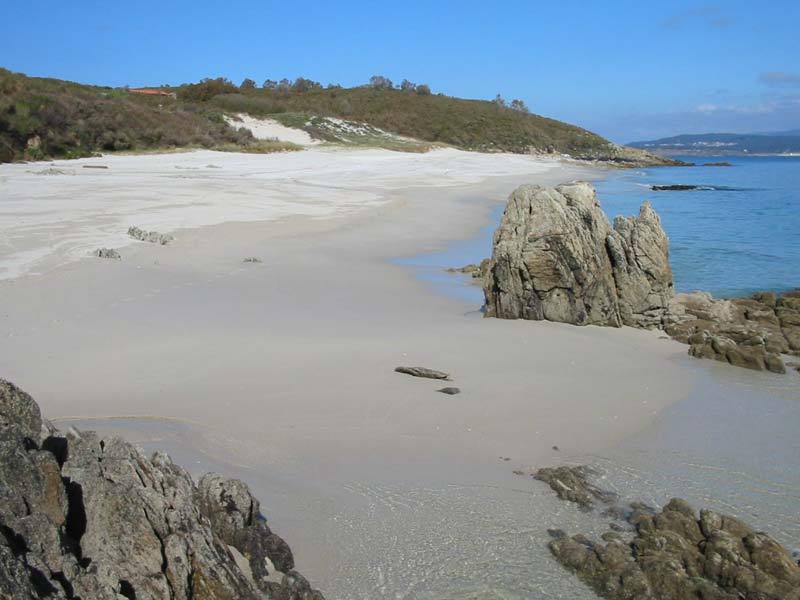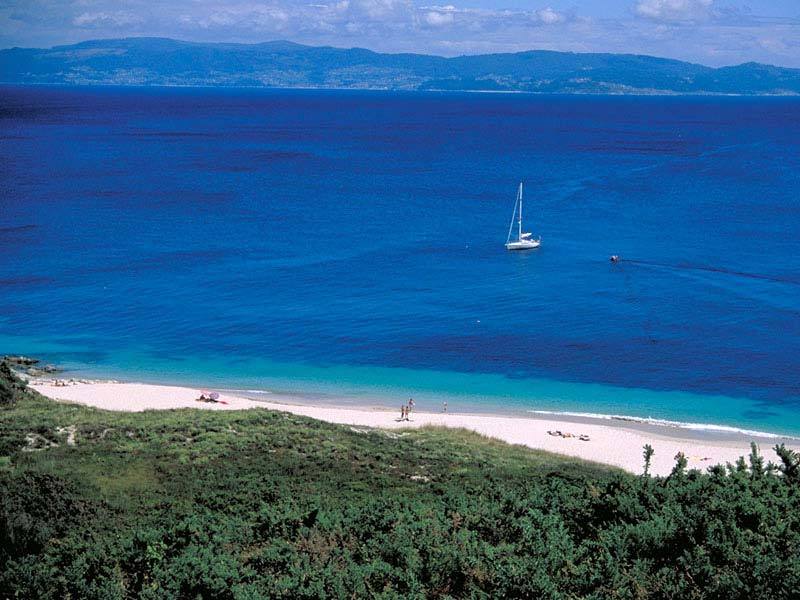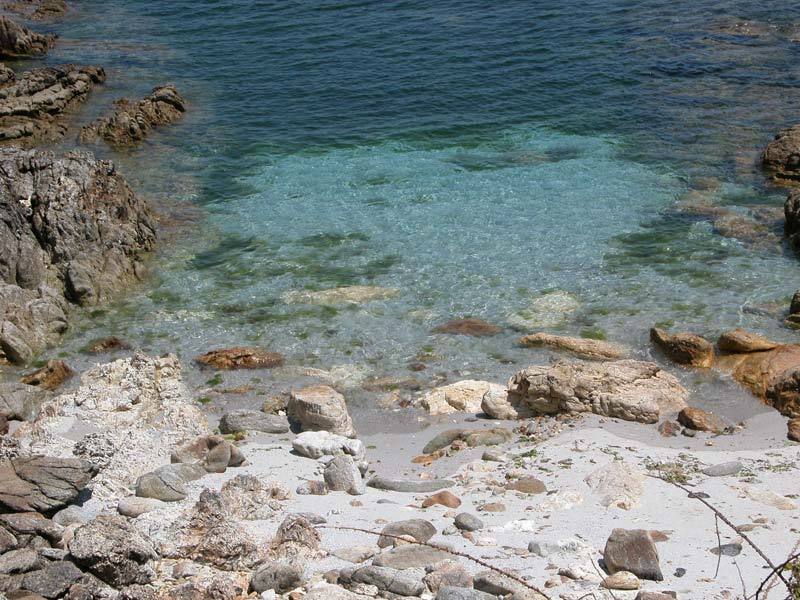They´re oscillatory movements of oceanic waters which produce alternatively a rise (high tide) and a fall (low tide) in the sea level. The moon and sun´s gravitational attraction over the earth affects the masses of water situated in the side of the planet closest to it so the ocean is caused to bulge and a huge wave is originated, its crest is the high tide and its bottom part is the low tide.
High tides and low tides alternate every 6 hours and 12 minutes, two high tides and two low tides daily. The tidal range is 4 meters with some time variation because of the position of the earth, sun and the moon. When the three of them are arranged in a line in the proximities (full moon and new moon) the sun and moon´s attraction forces are joined appearing wider tides with higher high tides and lower low tides, “spring tides”.
When the moon is in its first and fourth quarter, stars stand at a 90 degree angle and the sun´s gravitational force counteracts the moon´s very limited tides appear, neap tides.
Tidal variations of water level have a lot of importance because of the flows produced when the tide is starting to rise to the coast and the other way round. Tides are a transport element and an erosive coastal shaping agent.
These fluctuations have so much importance regarding to the coastal organisms adapted to the drastic change in their living conditions every six hours.


